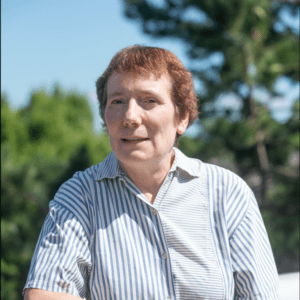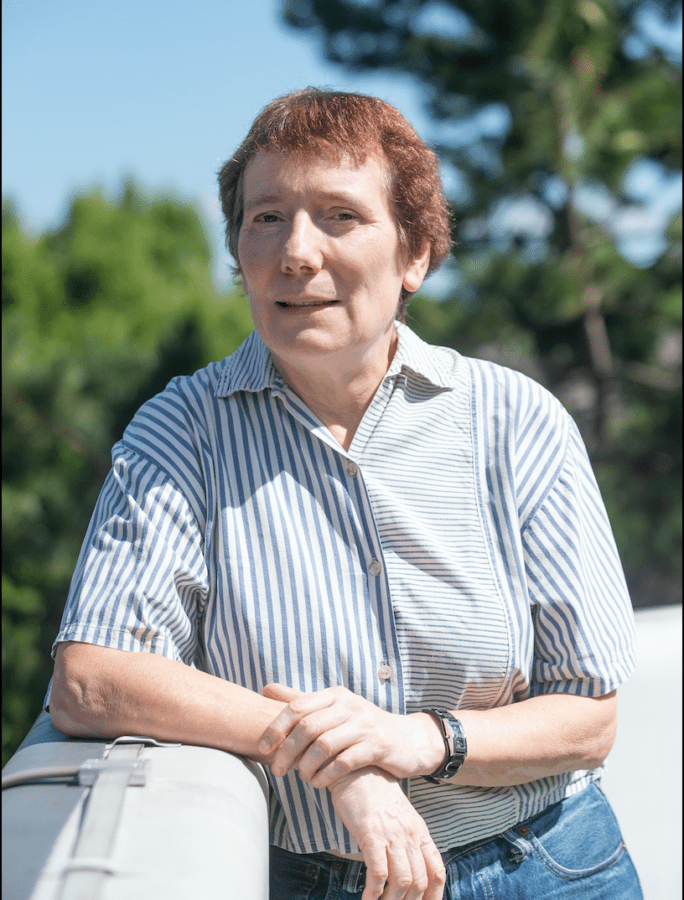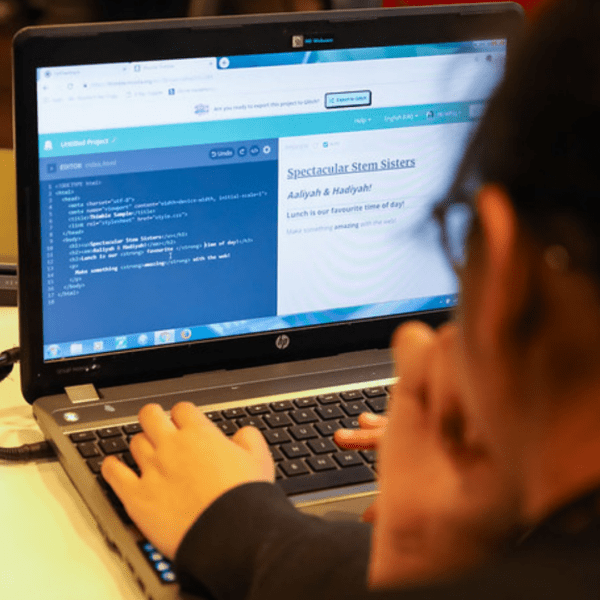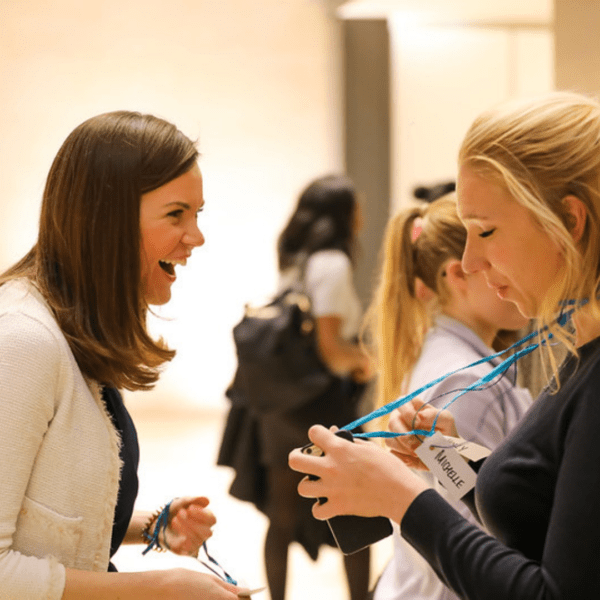Can you tell us about your journey to your current role?
I’ve been a standard academic, I suppose – I registered to do a Physics degree (at the University of Sussex) and halfway through I decided that Mathematical Physics would suit me better! So I did that instead. I was the only female in my year, which was about 70 students. There were quite a lot of female students doing Maths and because this overlapped with my degree, I did find other female students in some classes. I loved my Physics degree but I couldn’t see myself doing it at PhD level – being one of a 1000 authors on an academic paper, that sort of thing, didn’t appeal.
However, I loved Geography at A-Level so I decided to morph that with my love of Physics, so then I pursued Geophysics. I moved on to a PhD degree at Cambridge, in the Department for Earth Sciences’ Bullard Labs, working on magnetic fields, which is my area of expertise.
Big data was very interesting then, though what I describe below as ‘big data’ would make anyone today fall about laughing. I’ll tell you about my PhD – I was working in the pre-satellite era for academia, where there had only been a few military satellites and only very few of these, academics had access to. We used permanently running geomagnetic observatories instead to study magnetic fields and there is a network of these around the world. Magnetic fields have three components and these observatories record the activity of these three components. I worked out with the biggest computer I had access to at that time that I could process data from 106 observatories – given the three components, this means 318 data.
This was the maximum number I could put in. If you compare that with what we have now – the most cutting-edge is probably the European Space Agency Swarm mission, which is three satellites measuring the three components at a rate of 50 times per second – the transformation in amounts of data since then, and their accessibility due to the worldwide web, is just immense.
I don’t tend to work on raw data, I work with data that have been processed by other people. When I think back to my PhD – some poor person had to sit there and manually process them, producing only one value per month, of what the changes were in the magnetic field in those three components.

Can you tell us about what a typical day looks like for you now?
I’m studying volcanos in the main Ethiopian rift, where there is a risk of eruption that we’re trying to quantify better. I’m also working on European Space Agency Swarm satellite magnetic data. Those are the two main projects, scientifically. Plus I’m part of a space weather project – this is societally important because space weather, such as magnetic storms, can have really significant impacts on our technology. This is looking at the impacts on grounded infrastructure, such as what happens to the power supply, or will trains have to stop because all the signals go-to red? I’m the first female Vice President of the International Union of Geodesy and Geophysics and the sole candidate to become the first female President. I’ve been on the Natural Environment Research Council Training Advisory Board, which looks at training for early career and PhD researchers, to ensure they are equipped for work both inside and outside academia. In general, I enjoy that stuff because it takes me out of my comfort zone and I get to meet people I don’t usually meet. I’ve done a lot of reviews of other university earth sciences departments and natural sciences faculties– I should pull out my CV, shouldn’t I? (laughs) I keep myself very busy. I’ve had a good few PhD students. I still teach a lot, as well. Because there are few women, it has meant that I’ve also sat on a million committees!
What are you proud of?
I was on the Quality Working Group for the European Space Agency. We were on the mission advisory group prior to launch in 2013, making sure everything met specifications. It is an incredibly successful mission.
I was Head of the Department at the University of Edinburgh from 1999-2002; the first woman Head. I’ve been Head of the Research Institute, as well, and have been involved in various female mentoring programmes.
Read the full interview with Professor Kathy Whaler on Data Driven Innovation.






